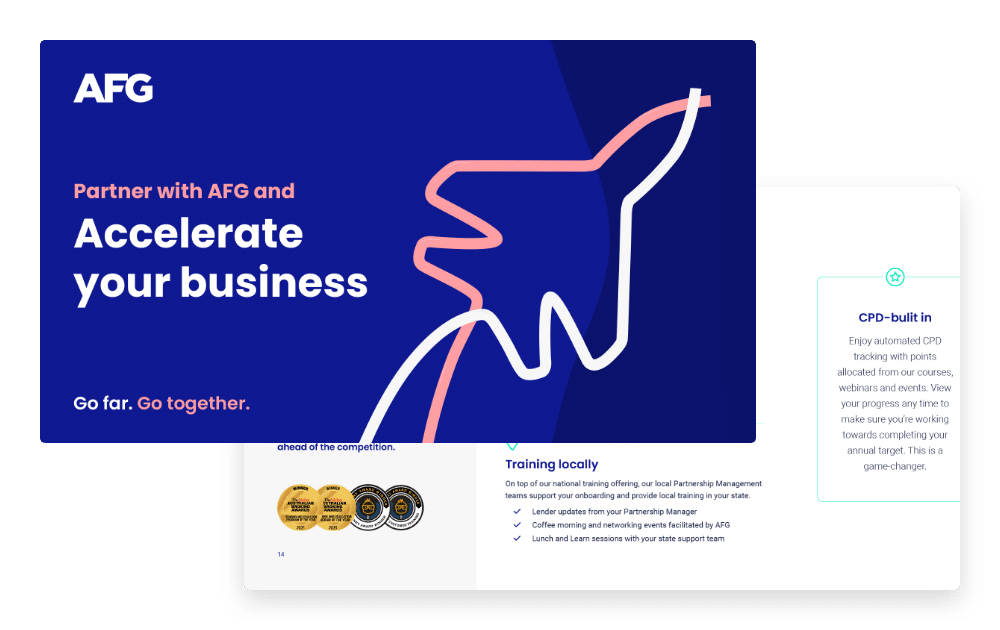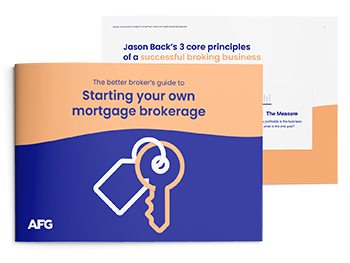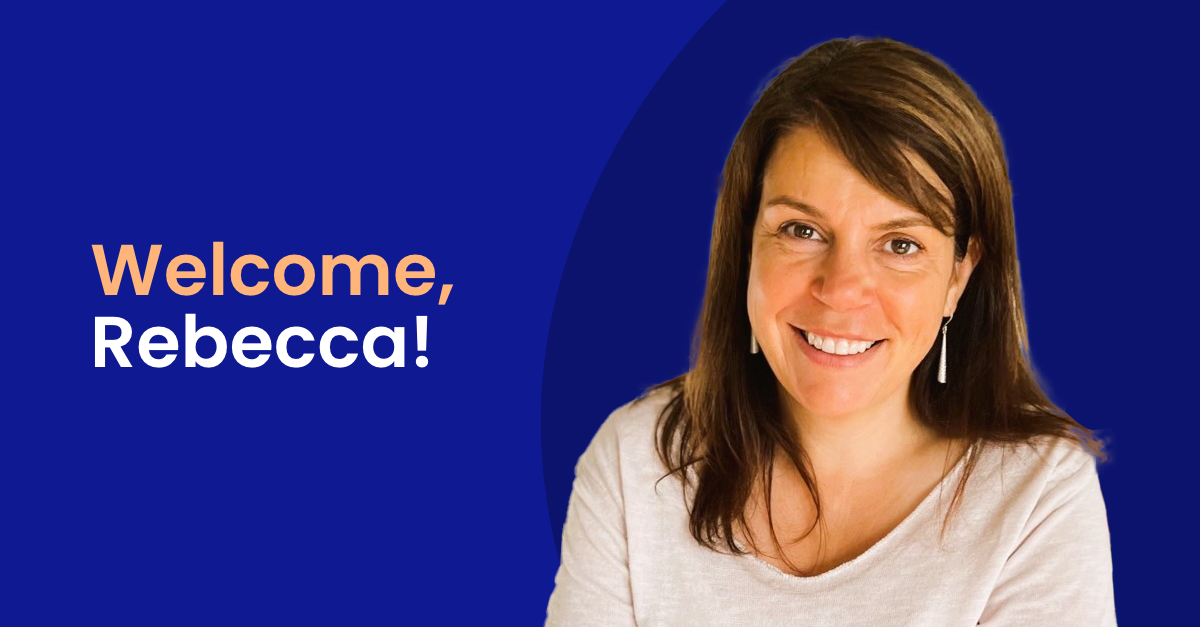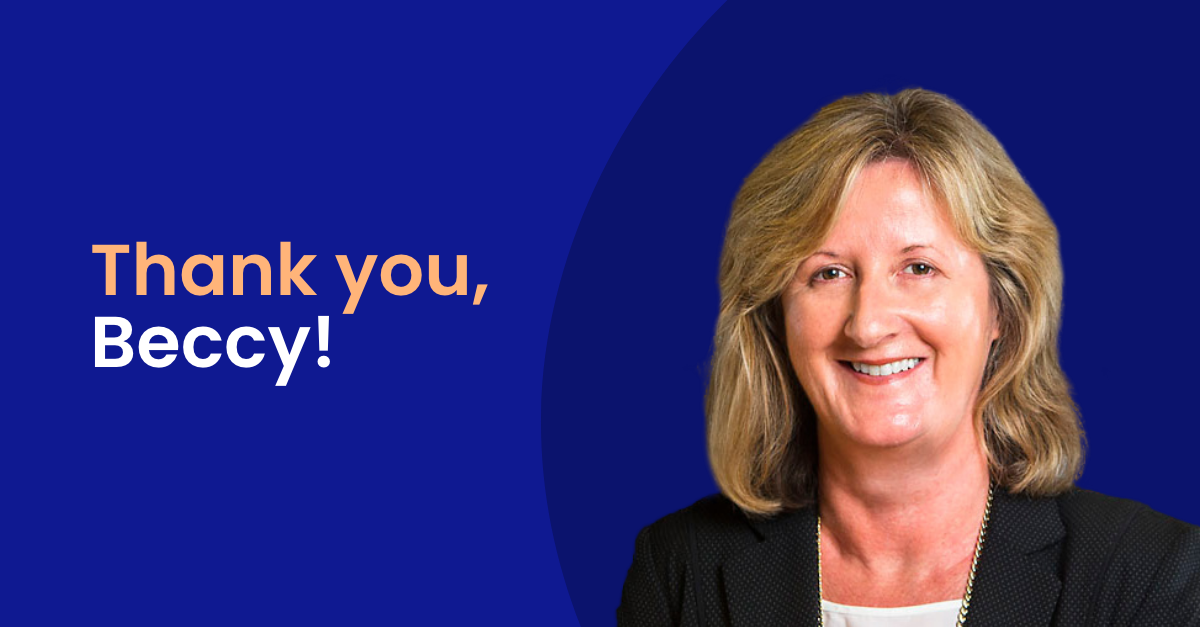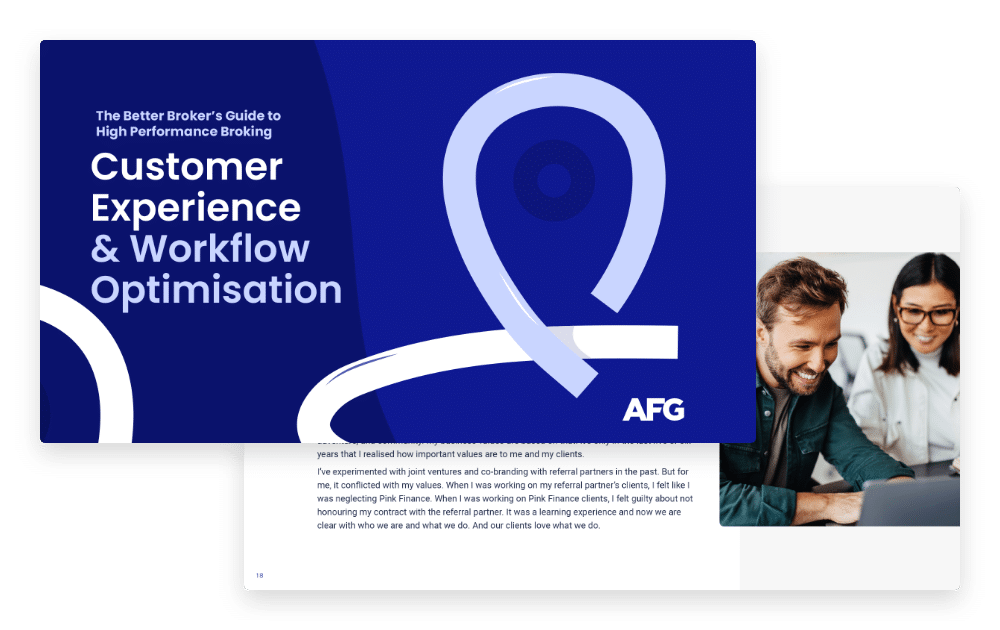Variable
Variable rate loans often provide additional flexibility and are the most popular type of home loan in Australia. As the name suggests the interest rate is variable and therefore fluctuates with the Reserve Bank of Australia’s movement and the cost of the financial institution sourcing funds to lend. Variable rates are generally broken into two categories by financial institutions: basic and standard.
As the name suggests the basic variable rate only covers the basic home loan features. On these loans you won’t have access to features such as a redraw facility; however, this also means the interest rate is generally slightly lower than other loans.
The standard variable rate is traditionally slightly higher than the basic variable, however along with this you receive extra features such as a redraw facility, repayment frequency flexibility, portability and the option to pay in advance.
Variable loans generally require closer monitoring, especially if you overcapitalise and interest rates rise. It is important to make sure that you budget and plan for the future should interest rates rise, to ensure that you are able to meet the required repayments.
Fixed
Fixed-rate loans generally have all of the features of a standard variable product; however, the interest rate is fixed generally from one to five years. Fixed rate products are great products to help maintain the household budget because the repayments will not change during the fixed period.
However, a fixed rate loan means you could end up paying more if interest rates fall. It is possible to exit the loan agreement if you feel it is right to do so, although lenders will generally charge penalty fees to compensate for any loss in profits they may suffer.
Introductory and Honeymoon
Introductory or Honeymoon loans are generally popular for first home buyers, however, this doesn’t mean that these are the only people who can access these products. Honeymoon loans give individuals a discounted interest rate for the first six to twelve months depending on the product. After this period expires, the loan generally reverts to the lender’s standard variable product.
Although it may be tempting to take out a Honeymoon loan because of it’s reduced interest rate, it is important to watch out for restrictions or exclusions on other aspects of the loan. Many lenders will limit the availability of features (such as redraw facilities, repayments etc.) to offset the lower interest rate. In some cases, this can mean less flexibility over the life of the loan.
Interest Only
Interest only loans are particularly popular for investors. The repayments of interest only loans will be lower than an ordinary loan because you only pay the interest charges each month – you aren’t required to pay off the principal.
Some interest only loans are available for owner-occupier clients; however, these can be risky because your level of debt will not fall for the life of the loan. Interest only loans should be a short term option (about 5 years at the most). Also, in times when house prices may fall this may mean you have negative equity – you have borrowed more than your house is worth.
Low Doc and No Doc
Low and No Doc loans are increasingly popular in Australia, especially for self-employed or contractors. As the name suggests you require less documentation to take out the loan (this is essentially proof of income and other debts etc).
Although it is generally much easier to be found eligible for these loans, it is not always the best way to go. As a result of providing less documentation, the bank will generally charge a higher interest rate or additional fees because there is a higher perceived risk with applicants. If possible, in most cases you will be better off with a full doc loan (full documentation – providing the required proof of income etc) because they are a cheaper product in the long run. Although it may be less work to apply for a low or no doc option, the extra work can be worthwhile applying for a full doc loan.
So how do I know which loan to choose?
That is one of the most frequently asked questions and something that needs to be carefully considered before jumping in and signing loan documents. Really, it comes down to what you think is right for you. Speaking to a broker is a really great way to find out what loan is most appropriate for you.
A broker won’t force you to take out a product; they recommend a loan that will suit you based on the information you have given them and take care of all of the paperwork and application requirements. If you specifically would like a certain type of loan a broker is able to compare a wide range of them.

